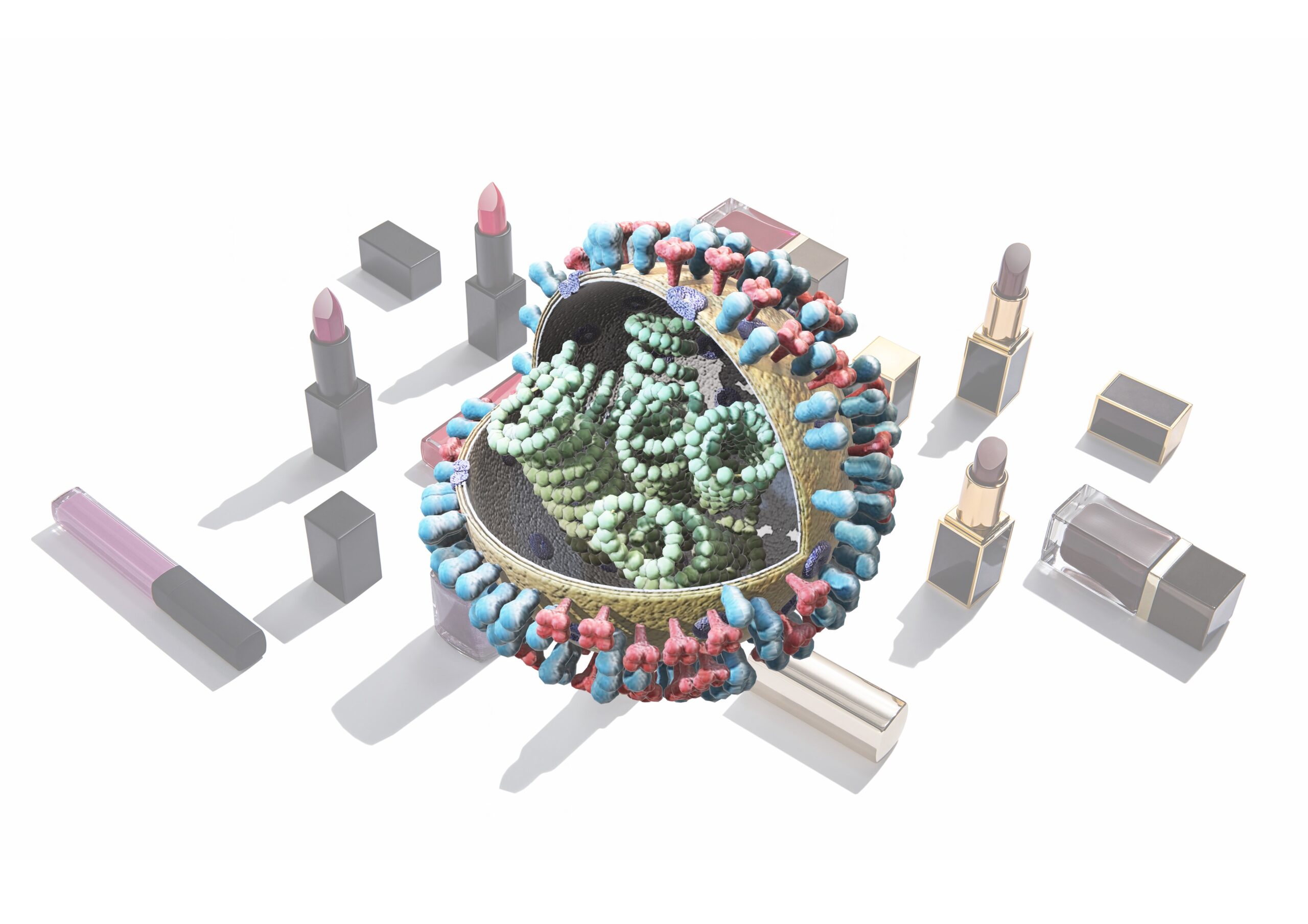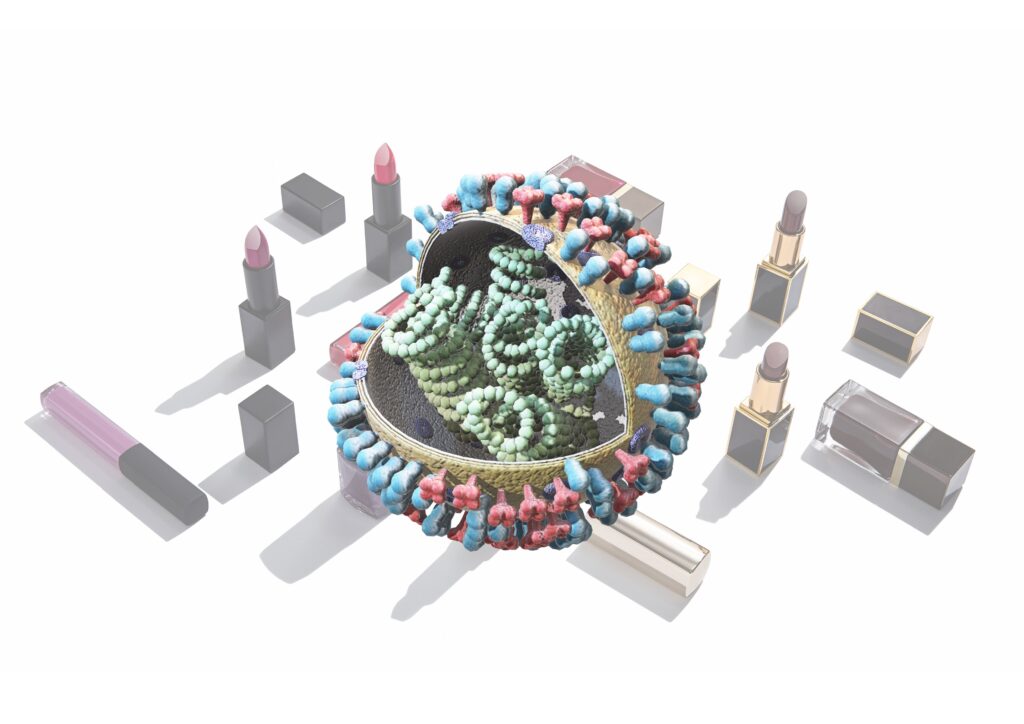Table of Contents
Introduction
Time-release and microencapsulation technologies have helped cosmeceuticals, a hybrid of cosmetics and pharmaceuticals, revolutionize the beauty and skincare industry by offering products with both aesthetic and therapeutic benefits. Among these technologies, time-release and microencapsulation stand out for their ability to enhance the efficacy and delivery of active ingredients. This article delves into these innovative technologies, exploring their mechanisms, benefits, and the impact they have on the cosmeceutical industry.
Understanding Time-Release Technology
What is Time-Release?
Time-release technology, also known as sustained-release or controlled-release, refers to formulations designed to release active ingredients gradually over time. Unlike traditional products that deliver their ingredients immediately, time-release products ensure a prolonged and steady release, enhancing the effectiveness and reducing potential side effects.
Mechanism of Action
Time-release formulations typically use various methods to control the release rate of active ingredients:
·Polymer Coatings: Polymers create a barrier around the active ingredient, dissolving slowly over time to release the ingredient at a controlled pace.
·Matrix Systems: Active ingredients are embedded within a matrix that dissolves or erodes gradually, releasing the ingredient steadily.
·Osmotic Systems: These systems use osmotic pressure to control the release of active ingredients through a semi-permeable membrane.
Benefits of Time-Release in Cosmeceuticals
Time-release technology offers several advantages in cosmeceuticals:
·Prolonged Effectiveness: Ensures a consistent supply of active ingredients, providing sustained benefits over a longer period.
·Reduced Irritation: Minimizes the risk of irritation by avoiding the sudden release of high concentrations of active ingredients.
·Improved Compliance: Reduces the frequency of application, making it more convenient for users to adhere to their skincare routines.
Microencapsulation: A Closer Look
Defining Microencapsulation
Microencapsulation is a process where active ingredients are enclosed within microscopic capsules. These capsules can be made from various materials, such as lipids, polymers, or proteins, and are designed to protect the active ingredients until they are released.
Types of Microencapsulation
Several methods are used to achieve microencapsulation in cosmeceuticals:
·Spray Drying: A liquid containing the active ingredient is sprayed into a chamber with hot air, causing the solvent to evaporate and leaving behind microcapsules.
·Coacervation: Involves the formation of a coating around the active ingredient by phase separation in a liquid medium.
·Liposomes: Spherical vesicles composed of lipid bilayers, capable of encapsulating hydrophilic and lipophilic substances.
Advantages of Microencapsulation in Skincare
Microencapsulation technology brings numerous benefits to cosmeceuticals:
·Enhanced Stability: Protects sensitive ingredients from degradation due to environmental factors like light, heat, and oxygen.
·Targeted Delivery: Allows for the controlled release of active ingredients at specific sites, enhancing their efficacy.
·Improved Texture and Sensory Experience: Microencapsulation can improve the texture and sensory attributes of skincare products, making them more appealing to users.
Synergizing Time-Release and Microencapsulation
Complementary Technologies
Combining time-release and microencapsulation technologies can maximize the benefits of cosmeceuticals. Microencapsulation can protect the active ingredients and facilitate their gradual release, while time-release mechanisms ensure a sustained delivery over time. This synergy can lead to highly effective skincare products that provide long-lasting results.
Several cosmeceutical brands have successfully integrated these technologies into their products:
·Retinoid Creams: Known for their potent anti-aging properties, retinoids can cause irritation when applied in high concentrations. Time-release and microencapsulation help deliver retinoids gradually, reducing irritation and enhancing their anti-aging effects.
·Vitamin C Serums: Vitamin C is a powerful antioxidant but is highly unstable. Microencapsulation protects it from oxidation, while time-release ensures a steady supply to the skin, maximizing its brightening and anti-aging benefits.
·Hyaluronic Acid Moisturizers: Hyaluronic acid provides deep hydration, but its effects can be short-lived. Time-release formulations maintain hydration levels over an extended period, while microencapsulation enhances its penetration and stability.
The Future of Cosmeceuticals: Innovations on the Horizon
Emerging Technologies
The field of cosmeceuticals is continuously evolving, with new technologies emerging to further enhance the delivery and effectiveness of active ingredients. Some promising developments include:
·Nanotechnology: Utilizing nanoparticles for even more precise and efficient delivery of active ingredients.
·Smart Polymers: Polymers that respond to environmental stimuli, such as pH or temperature, to release active ingredients at the optimal time.
·Biodegradable Microcapsules: Environmentally friendly microcapsules that degrade naturally after delivering their payload.
Consumer Trends and Market Growth
The demand for advanced cosmeceutical products is on the rise, driven by consumers seeking more effective and convenient skincare solutions. The global cosmeceuticals market is projected to grow significantly, with a focus on products that offer targeted, sustained, and customized benefits.
Regulatory Considerations
As the technology and market for cosmeceuticals expand, regulatory agencies are also adapting to ensure the safety and efficacy of these products. Companies must navigate a complex landscape of regulations and standards to bring their innovative products to market.
Conclusion: Embracing the Future of Skincare
Time-release and microencapsulation technologies represent significant advancements in the field of cosmeceuticals, offering enhanced stability, targeted delivery, and prolonged effectiveness of active ingredients. As the industry continues to innovate, these technologies will play a crucial role in developing next-generation skincare products that meet the evolving needs and expectations of consumers.
By leveraging the power of these cutting-edge technologies, cosmeceutical brands can create products that not only improve skin health but also provide a luxurious and enjoyable user experience. The future of skincare is bright, with time-release and microencapsulation leading the way towards more effective, sustainable, and personalized beauty solutions. As consumers become increasingly educated and discerning, the demand for advanced skincare products will continue to grow, driving further innovation and excellence in the industry. This continuous progress will ultimately lead to a new era of skincare that prioritizes both efficacy and user satisfaction.
Furthermore, the integration of these technologies into mainstream skincare routines will democratize access to high-performance products, ensuring that a wider audience can benefit from scientific advancements. This not only enhances the individual consumer experience but also sets a new standard in the industry, pushing boundaries and inspiring other sectors to adopt similar innovative approaches. The commitment to research and development in this area signals a promising future where skincare is not just about aesthetics but about comprehensive skin health and wellness.
References
https://www.ncbi.nlm.nih.gov/pmc/articles/PMC4595965
https://www.tandfonline.com/doi/full/10.3109/02652048.2015.1115900
https://www.ncbi.nlm.nih.gov/pmc/articles/PMC3093624
https://www.ncbi.nlm.nih.gov/pmc/articles/PMC5892223
https://www.ncbi.nlm.nih.gov/pmc/articles/PMC3853888
https://www.mdpi.com/2076-3417/10/5/1594
https://www.sciencedirect.com/science/article/abs/pii/S0032591017306320
https://www.ncbi.nlm.nih.gov/pmc/articles/PMC10320272
https://onlinelibrary.wiley.com/doi/10.1111/ics.12232
https://www.ncbi.nlm.nih.gov/pmc/articles/PMC8616574
https://www.ncbi.nlm.nih.gov/pmc/articles/PMC8911847


